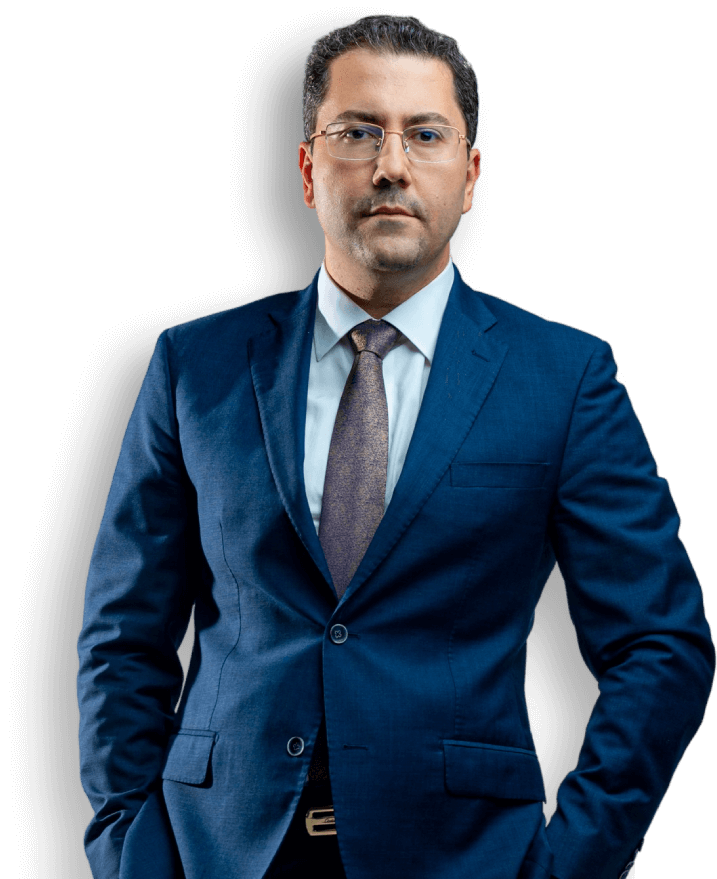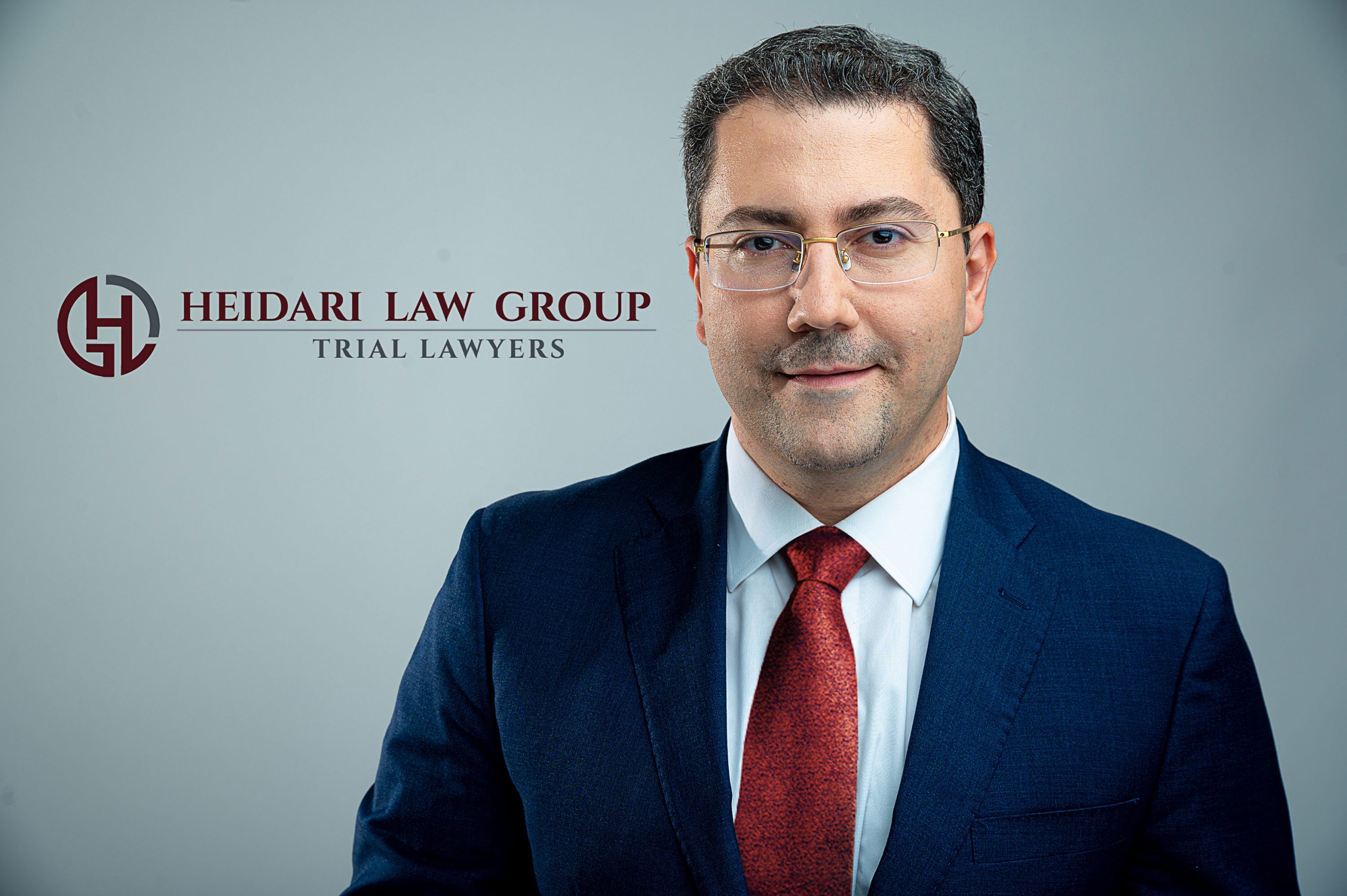Almost all personal injury cases involve proving negligence through evidence by the plaintiff. The plaintiff is the party that brings the lawsuit against the defendant. In trials where the plaintiff must prove negligence, the plaintiff must prove a variety of elements in order to show that defendant did not act within the standard of care that a reasonable person is supposed to. If the plaintiff was also negligent in bringing about their own injury, there are two types of negligence standards that determine the fault of the plaintiff. The two types are comparative negligence and contributory negligence. These two types of negligence standards are determined by what state the court is located in.
What is Negligence?
Negligence is the legal standard that a plaintiff must prove in order to convince the jury to rule in the plaintiff’s favor. Essentially, in order for plaintiff to win a case, the plaintiff must bring forth enough evidence to support acts of negligence by defendant. Defendant can also bring in various defenses depending on the jurisdiction. Negligence can be proven by 4 different elements. These elements do not vary from state to state, but all must be proven in order for plaintiff to recover monetary damages. However, depending on the different potential types of relationships between plaintiff and defendant, the standard may be higher. To better understand negligence and whether you as a plaintiff could bring a successful claim against defendant for negligence, it is important to consult with an experienced trial attorney. Our Attorneys at Heidari law have years of trial experience, and will better determine how these below elements are met and could be proven in trial.
- Duty: plaintiff must prove that defendant had a duty. A duty is owed to all foreseeable people that could be injured by the defendant’s conduct. The duty is considered to be actions that a reasonably prudent person would take. The standard considered is objective rather than subjective. The courts usually do not take into account defendant’s mental state and defendant’s special circumstance, but instead look at it through an objective perspective. For example, dog owner who knows their dog is dangerous and has a history of biting people has a duty to prevent the dog from biting others when taking it on a walk.
- Breach: a breach occurs when the defendant does not act within that standard of care. When defendant has a duty, and fails to fulfill that duty, there has been a breach in which defendant could be held liable for. A breach could be caused by an act or an omission by the defendant. For example, in the dog owner scenario discussed above, a dog owner would breach their duty when they fail to take reasonable precautions to prevent their dog from biting others when a reasonably prudent person would have taken precautions.
- Causation: plaintiff must prove the defendant’s actions were a direct end legal cause of plaintiff’s injuries. Depending on the jurisdiction, direct causation occurs when defendant’s actions were a but for cause of plaintiff’s injuries. Legal causation occurs when defendant’s actions were foreseeably likely to cause plaintiff injuries. There are other various legal theories in which defendant can argue that there was an intervening cause and the defendant could therefore not be held liable for the injury. In cases like these, it is essential to discuss with your trial attorney the necessary steps to take to determine defendant’s fault.
- Damages: there must be some type of injury that plaintiff has suffered as a result of defendant’s breach of their duty. There must be some type of damage to personal property or an injury to the person themself. Some jurisdictions consider types of economic injury not a valid damage to negligence. For more information on negligence, you may also contact one of our attorneys.
What is Comparative Negligence?
Comparative negligence occurs when plaintiff has personally been involved in some type of action that also causes and leads to their injuries. Not only would it be defendant’s fault, but plaintiff has done something to also cause their own injuries. Comparative negligence is some type of defense that defendant brings in trial to show that they are not completely at fault for plaintiff’s injuries. Comparative negligence results in a reduction of plaintiff’s monetary damages. For example, if the jury determines that the plaintiff contributed 20% of their injuries, and their injury total amounted to $100,000, then the plaintiff would only be able to collect $80,000 from the defendant since they are partly liable.
What is Contributory Negligence?
Contributory negligence is also another defense that defendant can use to show that they are not completely at fault for plaintiff’s injuries. Contributory negligence is somewhat similar to comparative negligence. However, contributory negligence results in plaintiff not being able to collect any monetary damages at all because they contributed to their injuries. Plaintiff could be at fault even for 1%, but contributory negligence prevents plaintiff from collecting any type of damage from defendant because they were at fault to some degree. In contrast to comparative negligence, comparative negligence allows plaintiff to collect at least some portion of their injuries. Therefore, when contrasting contributory negligence and comparative negligence, comparative negligence allows plaintiff to collect at least some portion of their injuries. Contributory negligence bars plaintiff from collecting any injuries at all.
What Type of Negligence does California Follow?
Various states follow different types of negligence theories. California currently has a system of pure comparative negligence. Therefore, the plaintiff will be able to collect monetary damages from defendant, decreased by the amount that plaintiff contributed to their injuries themselves. Even if plaintiff is liable for their injuries more than 50%, they will recover whatever they are not liable for. So, if plaintiff was liable for 75% of their injuries, they will be able to collect the 25% from the defendant.
What Type of Negligence does Nevada Follow?
Nevada follows a comparative negligence theory, but it is different from California’s negligence theory. Nevada follows a modified comparative negligence rule. This modified rule states that plaintiff could recover in a personal injury case as long as plaintiff is not at fault for more than 50% for their injuries. If plaintiff is liable more than 50% of their injuries, then plaintiff will not recover anything.
If you believe you or a loved one have a claim for negligence against a defendant, contact our experienced team of personal injury attorneys to determine the best legal strategy to take in order to ensure the maximum compensation for you. Whether you are located in California or Nevada, we have offices located in major cities to better assist you. Call us for a free consultation today. At your consultation, we can determine your best legal claim, and best legal strategy. To read about our experience in negligence cases, along with learning about our team, please contact us today for a free case consultation.
***Disclaimer: This page is created by Heidari Law Group for educational purposes. This article provides a general understanding of the law. It does not provide specific advice. By using this site and reading through this page, there is no attorney-client relationship created between you and any member of Heidari Law. Further, due to the constant change of the law, some parts of the information above may no longer be good law.



